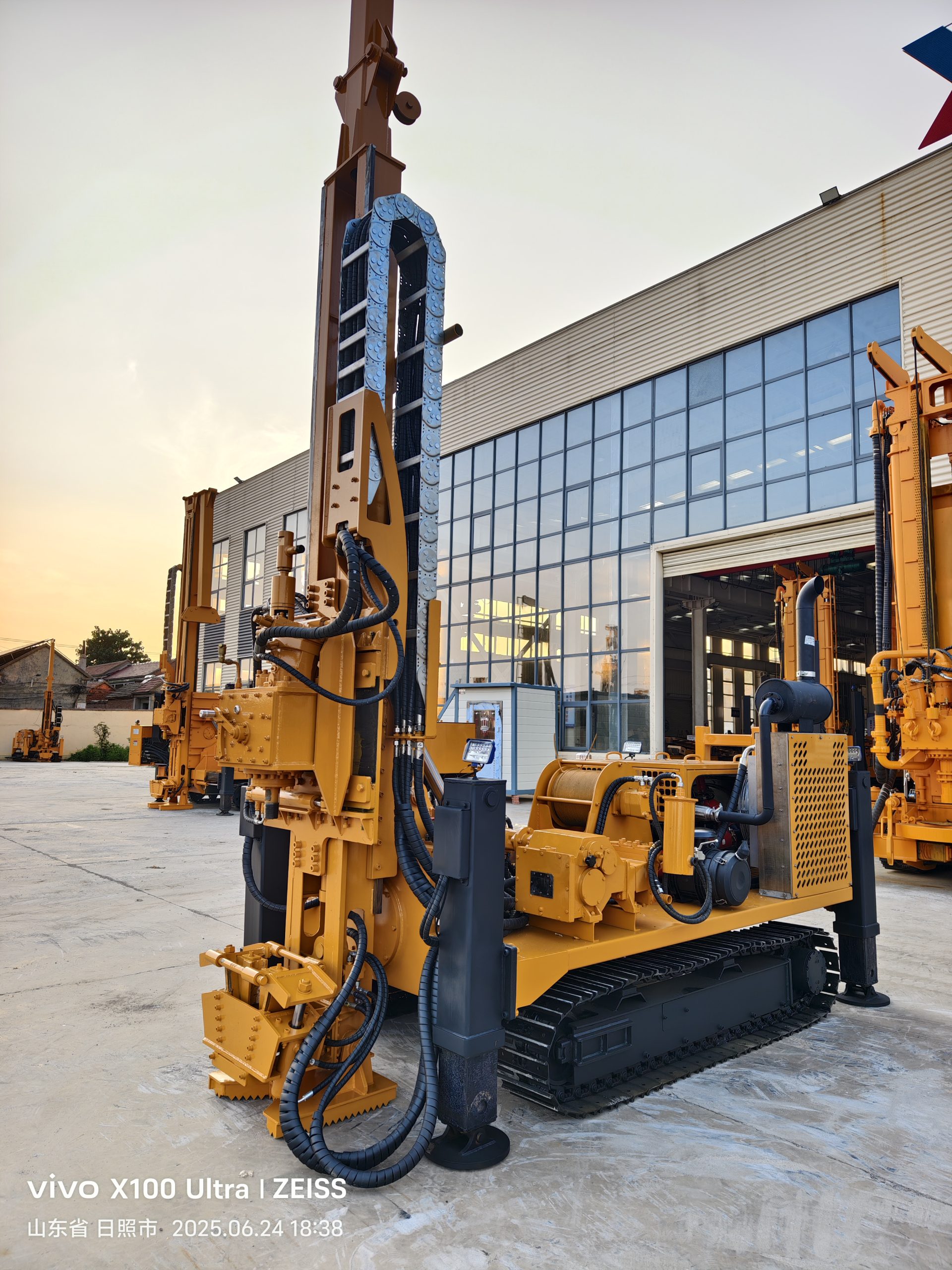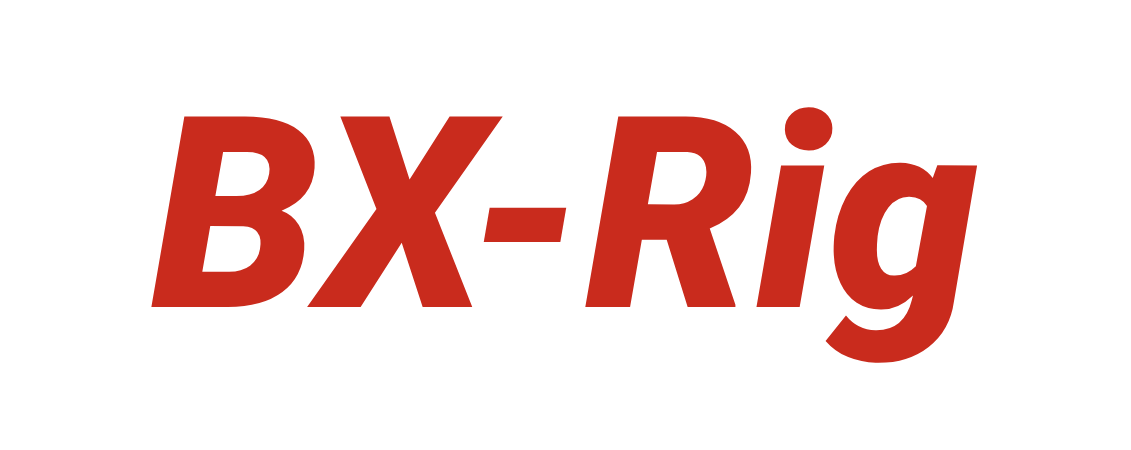Type Selection of Well Drills in Loess Layers
Choosing a suitable drill type is crucial for well drilling in loess layers.
Common water well drilling rig are mainly divided into three categories: rotary, impact, and composite types, each with unique applicability in loess layers.
-
Positive and reverse circulation mud washing rotary table drills are commonly used in rotary drills.
- In positive circulation, mud is pressurized by a mud pump, sent through the drill pipe to the well bottom, and carries cuttings out from the wellhead.
- In reverse circulation, mud flows into the well bottom from the wellhead, and cuttings are sucked out through the drill pipe by a sand pump.
-
Impact drills break rock by the vertical reciprocating motion of the drill tool.
- Tools like impact grab buckets use their own weight to strike the formation, with claws cutting into the rock to grab cuttings.
Although simple in structure, they have lower efficiency but are still used in areas with shallow loess layers and low requirements for drilling speed.
- Tools like impact grab buckets use their own weight to strike the formation, with claws cutting into the rock to grab cuttings.
-
Composite drills combine the advantages of rotary and impact drilling.
- For instance, dual-purpose well drills with an added impact mechanism on rotary table drills can switch to impact mode ;
- when encountering hard loess interlayers or pebble layers, enhancing adaptability to complex loess layers.
When selecting, factors such as loess layer characteristics,; - Well depth requirements, and costs should be comprehensively considered to determine the optimal drill type.water well drilling rig

 Foreuse Bangxin
Foreuse Bangxin